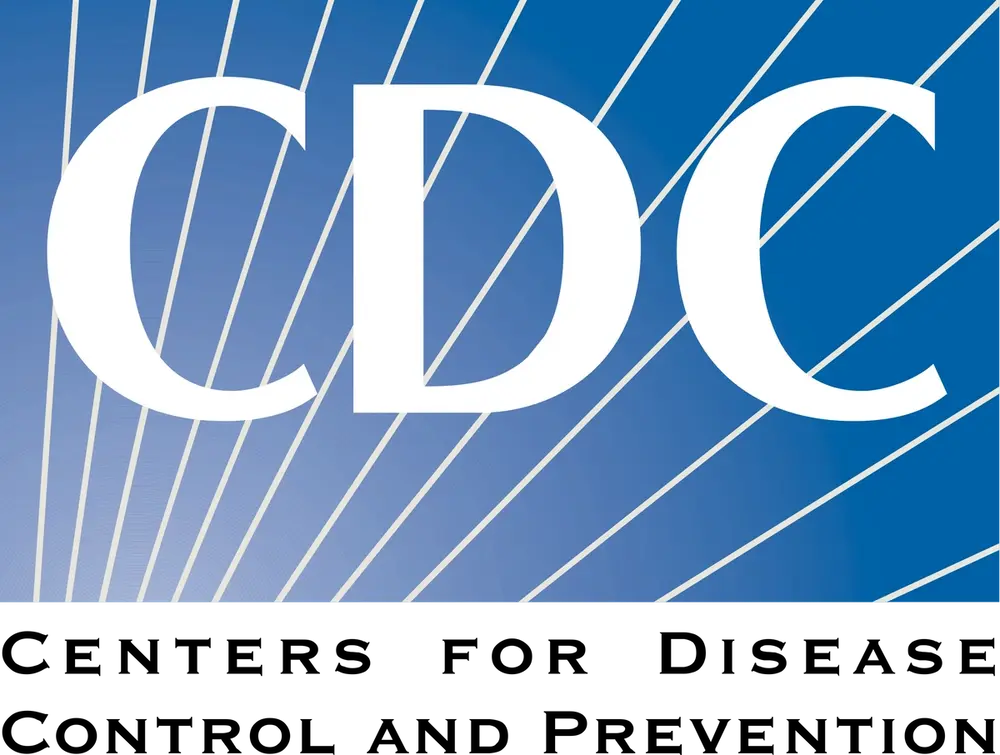Minority MSM Groups Need Increased Access to HIV Services
By 2030, the US is targeting reducing the number of new HIV infections by 90 percent.

In order to reach established goals in reducing HIV infection in the US, access to HIV services must be improved for men who have sex with men (MSM) but especially Black, Hispanic/Latino and younger MSM, according to a recent Morbidity and Mortality Weekly Report (MMWR).
Investigators from the Centers for Disease Control and Prevention (CDC) analyzed new HIV infection data in order to compare changes in trends between 2010 and 2019, including around undiagnosed infection, HIV prevention, treatment services (such as testing, preexposure prophylaxis (PrEP) use, antiretroviral therapy (ART) adherence, viral suppression, and HIV-related stigma. The study authors explained that gay, bisexual, and other MSM have been disproportionately affected by HIV with as many of two-thirds of new HIV infections occurring in MSM.
The Ending the HIV Epidemic in the US (EHE) program aims to reduce the number of new HIV infections by 90 percent by 2030, the study authors noted. But they also stressed that this cannot be achieved without substantial reductions in the MSM population.
The study authors found that new HIV infections among MSM numbered 25,100 in 2010 and 23,100 in 2019. Notably, infections significantly decreased from 7500 to 5100 among white MSM, the investigators observed, but did not decline significantly among Black or African American MSM (which dropped from 9000 to 8900 in the same time frame) or Hispanic/Latino MSM (6800 to 7900). The study authors additionally stratified these new infections by age group and found that infections decreased among MSM aged 13 to 24 years (10,400 to 5700) and 45 to 54 years (2900 to 2000); however new infections increased among MSM aged 25 to 34 years (6700 to 10,000).
The majority of MSM living with HIV infection in 2019 had received an HIV diagnosis, but again the investigators noted this was a higher proportion of White MSM compared to Black or Hispanic/Latino MSM. They noted that MSM aged 13 to 24 years and 25-34 years had the lowest percentages of diagnosed infection among MSM.
The investigators examined uses of and barriers to prevention and treatment services. They looked at 2017 data for about 7500 MSM who attended venues where the majority of attending men were MSM and did not report a positive HIV test in the previous 12 months before the interview. From that group, about 80 percent were tested for HIV in the last 12 months, they wrote. There were about 1100 MSM who visited a health care provider but had not been tested in the last 12 months and furthermore there were 78 percent who were not offered an HIV test, the study authors said. HIV testing did not differ by race or ethnicity, the study authors said. Visiting a provider without testing in the past 12 months did not differ by race or ethnicity either, but the study authors found that age groups 45-54 and 55-plus had the lowest percentages of testing in the past 12 months.
About half of the HIV-negative MSM with likely PrEP indications reported having discussions about PrEP with a health care provider in the past 12 months, the study authors determined. Additionally, about a third had used PrEP in the past 12 months. These discussions and use of PrEP were lowest among MSM aged 18 to 24 years and aged 55-plus, but varied by race and ethnicity, the study authors said.
Using data from 2018 and 2019 among MSM with diagnosed HIV infection, about 60 percent were fully ART dose-adherence in the last 30 days, the study authors said. They noted that adherence was lowest among MSM aged 18 to 24 years and 25 to 34 years, and Black MSM (48 percent, compared to 64 percent among White MSM). The authors noted that 68 percent of MSM diagnosed with HIV were virally suppressed, but said Black, American Indian or Alaska Native MSM and those aged 25 to 34 years had the lowest percentages of viral suppression.
“Intensified and innovative efforts to expand access to HIV testing, prevention, and treatment services for MSM, particularly Black MSM, Hispanic/Latino MSM, and younger MSM, are required to decrease health disparities and reduce new HIV infections by 90 percent to reach EHE goals,” the study authors concluded.
